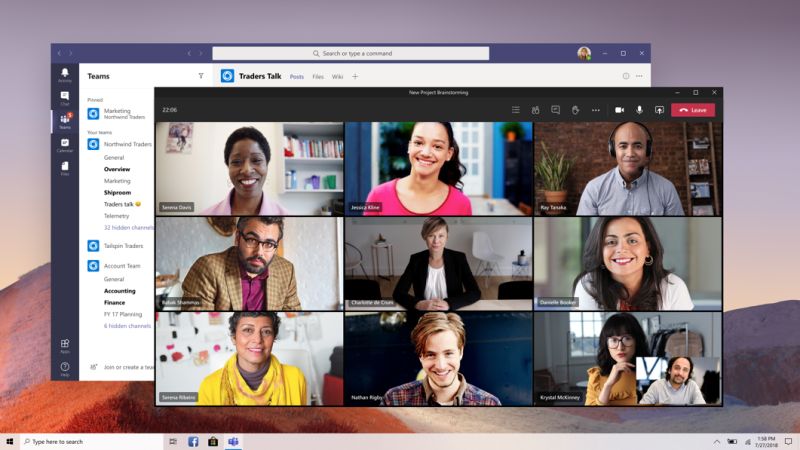Value and Pitfalls of Microsoft Voice

Value and Pitfalls of Microsoft Voice
Microsoft 365 Business Voice (Microsoft Voice) is a cloud-based solution that offers phone system capabilities. The platform supports audio conference, call queues, call forwarding, calling plans, and many other features.
Are you thinking about bringing Microsoft Voice into your commercial system? Here’s what you need to know.
Latest updates on Microsoft Voice
Microsoft Voice has been available since 2020 and is now available as an add-on feature to Microsoft 365 E5. It enables users to make, receive, and transfer calls to and from mobile phones and landlines.
The cloud-solution simplifies voice-over IP telephony by bundling many licenses and features into a single application. Compared to most VoIP options, Microsoft Voice is easier and more economical to deploy in a commercial setting.
How voice plans work
Microsoft Voice does integrate with Microsoft Teams with a calling plan. A calling plan provides users with calling minutes as well as a primary phone number that allows them to make and receive phone calls.
Business Voice includes a domestic calling plan which offers:
- Call queues, auto attendants, and voicemail
- Ability to make and receive PSTN calls to any number
- 3,000 minutes per user per month for calls within the U.S. and Canada
For businesses with Microsoft 365 E5, a calling plan can be added.
Microsoft Voice also offers an Audio Conferencing Plan which allows external callers to join a conference call.
Benefits and drawbacks of Microsoft Voice
Before deciding if Microsoft Voice is the right cloud telephony application for your business, there are several benefits and drawbacks to be aware of. Here are some things to keep in mind to make an informed decision.
Benefits
- Affordable ($20 a month for the Business Voice bundle or $24 for just Microsoft 365 Business Voice)
- Unlimited dial-in minutes for audio conferencing
- Service numbers included at no additional cost
- Enriches communication and productivity
- Supports a seamless digital workspace
- Works from anywhere (great for hybrid teams that work both in-office and remotely)
Drawbacks
- Teams must be connected to the public switched telephone network (PTSN)
- Lacks certain features such as 3-way calling, external paging, and on hold music
- Requires an Office 365 or Microsoft Office Enterprise E5 plan
Final thoughts
In an ever-changing workplace landscape, cloud-based tools are ideal for encouraging collaboration and communication between in-office and remote workers.